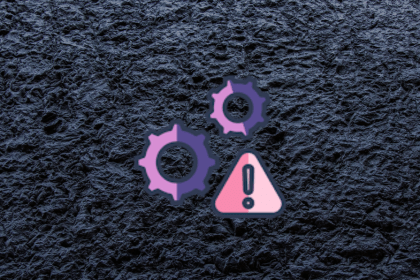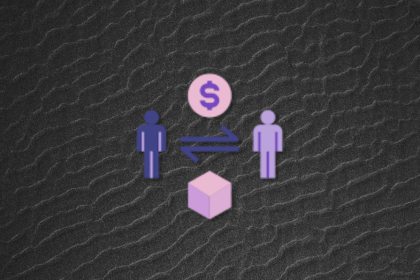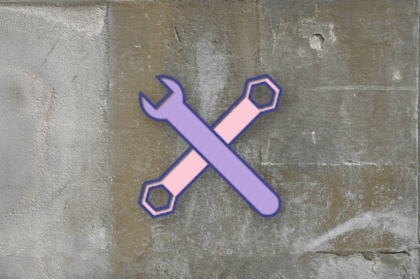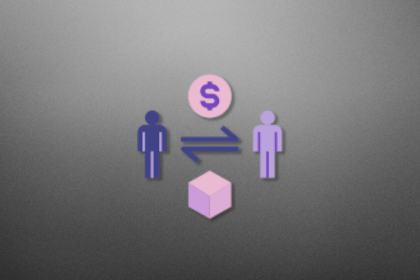
Learn why AI native products break classic SaaS GTM rules and how to grow through distribution, fast learning, and built in social sharing.

Shift from deterministic product thinking to a portfolio approach that helps PMs manage AI models, risk, and continuous change.

Turn your SaaS product into a platform by spotting key signals, avoiding common traps, and building for scale, reuse, and integration.

AI governance is now a product feature. Learn how to embed trust, transparency, and compliance into your build cycles.

Red-teaming reveals how AI fails at scale. Learn to embed adversarial testing into your sprints before your product becomes a headline.

Act fast or play it safe? Product managers face this daily. Here’s a smarter way to balance risk, speed, and responsibility.

Great product managers spot change early. Discover how to pivot your product strategy before it’s too late.

Monetizing with ads isn’t plug-and-play. Learn how AdTech really works so your product can generate sustainable, scalable revenue.

Discovery isn’t always worth it. Learn when to skip the research, trust your gut, and ship fast without slowing down your product team.

Learn how to use AI for faster, smarter customer discovery—without losing the human insight that makes product work effective.

Retention isn’t just about users returning — it’s about delivering value. Learn how to define retention that truly matters.

Instead of investing in one big channel, harness the power of AI to niche down, hyper-target, and personalize on the go.